Your Fridge—Friend or Foe?
I'm a big believer in making sure my spaces, my tools, my appliances, etc., are all USER-friendly. This saves time and energy—two things most of us need more of. This said, I wondered what online information or books are out there re: organizing the refrigerator. Since it’s a key kitchen space, a key tool, and a key appliance, the more organized, the better.
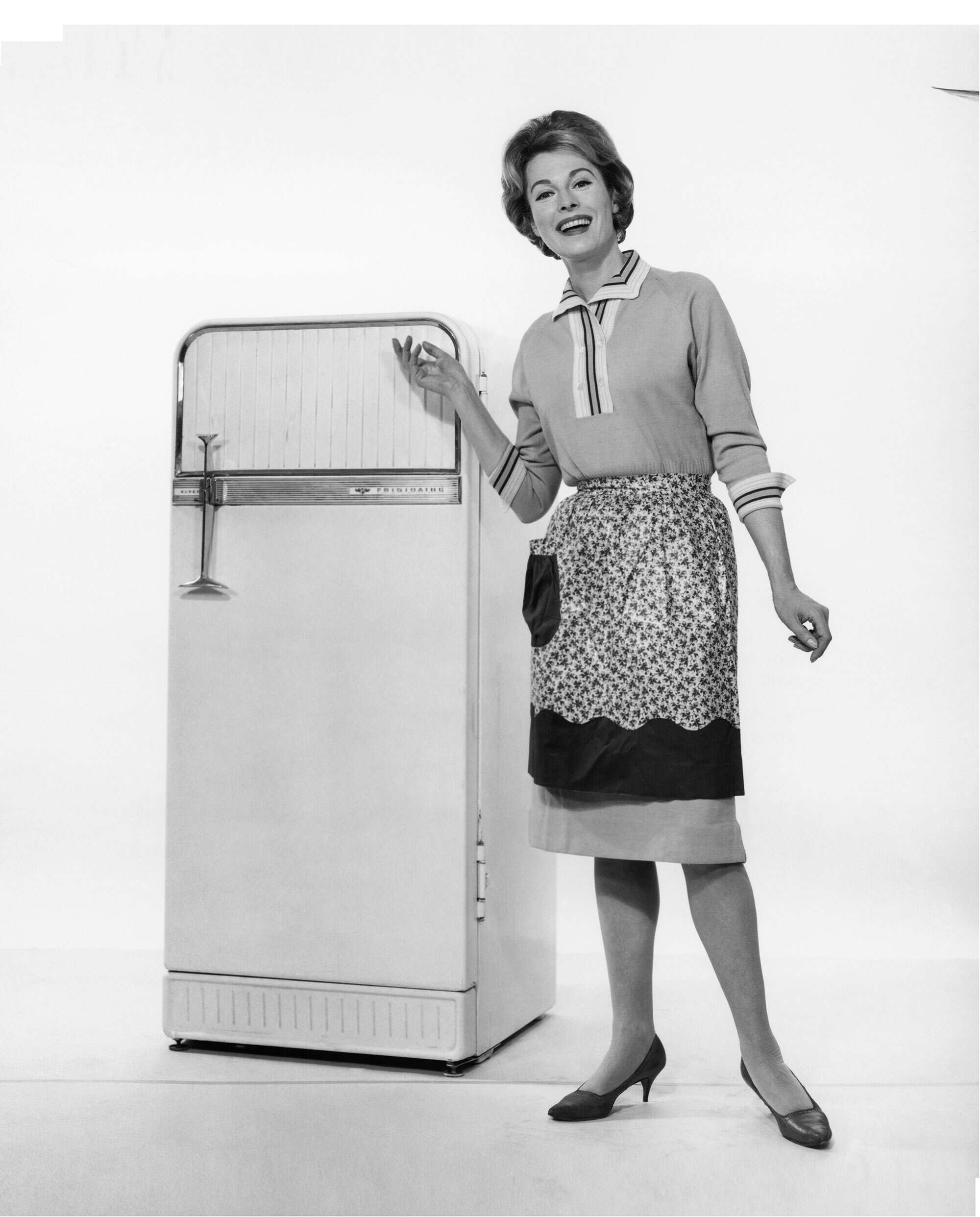
One place I didn’t expect to find fridge organization information was The American Dairy Association site (www.3aday.org). Karli Bertochi shared some good tips on how to organize the fridge so it’s more user-friendly:
DON’T STORE MILK IN THE DOOR. Even though today’s refrigerator designs make this possible, don’t do it. Fridge doors don't get cold enough to keep your milk as chilled as you need it to be for good taste. Doors are best for steak sauce, salad dressings, the salsa jug, the ketchup bottle, etc.
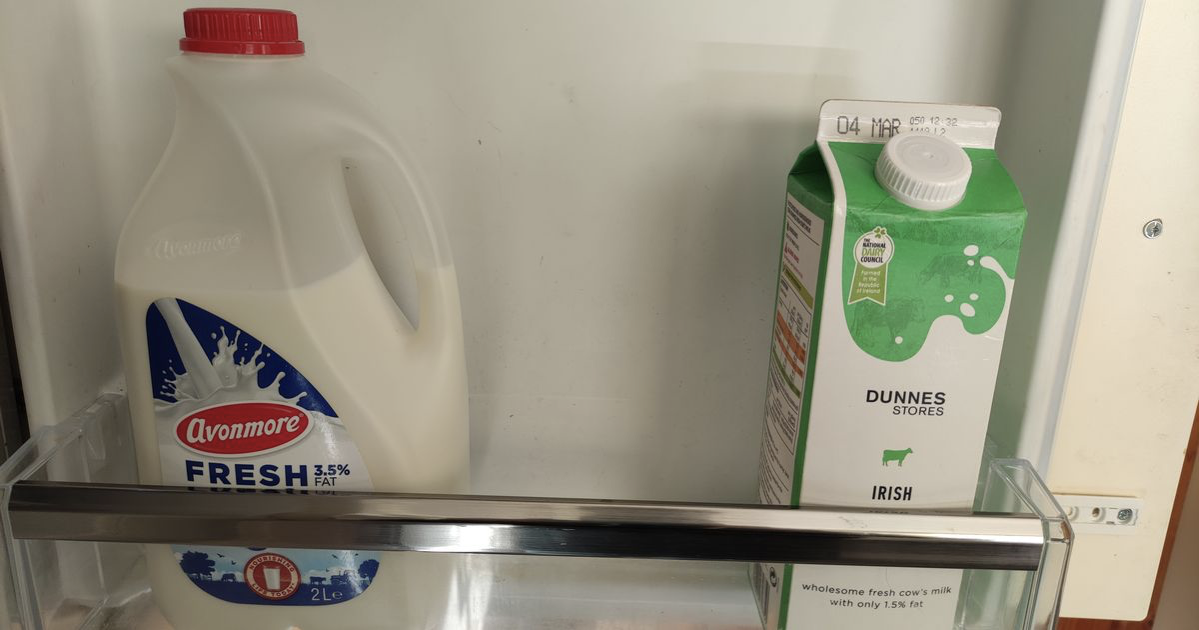
INVENTORY THE FRIDGE WHEN MAKING YOUR WEEKLY MEAL PLAN. You'll be able to incorporate existing items you already have on hand (before they spoil), which will save you money.
CLEAN IT OUT ONCE A WEEK. Go through all shelves, drawers, and door spaces looking for everything past their expiration dates. Look for the moldy cottage cheese, the withered green onions, etc. Toss stuff out. Then wipe down all surfaces with a hot damp cloth.
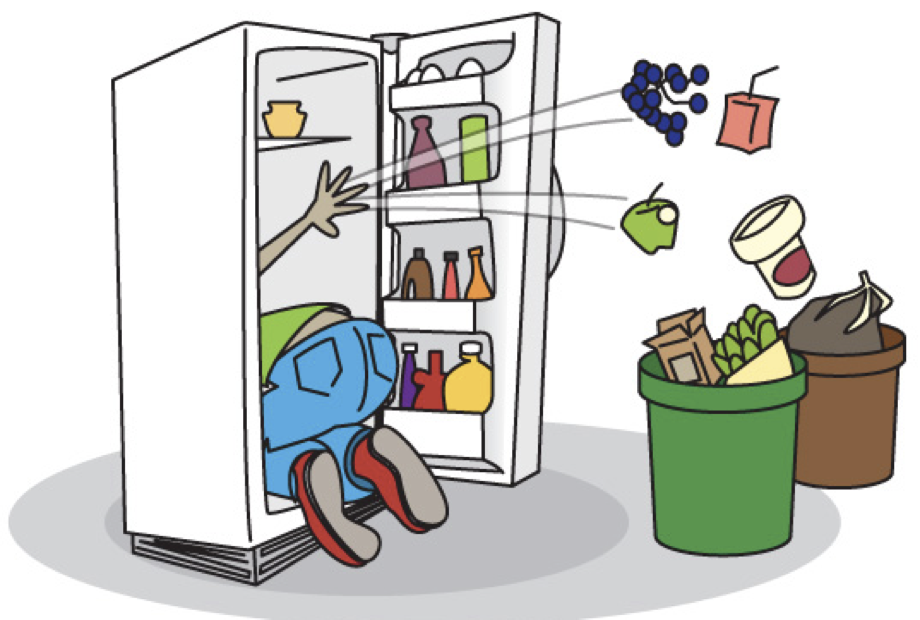
GROUP AND STORE LIKE ITEMS TOGETHER (breakfast items, lunch fixings, kids' snacks, etc.). This is the grocery store principle of organization. Keep taller items towards the back of each group of items so that you can see them behind the smaller ones in front. And consider using plate-size plastic turntables for grouping categories of items together (one for dairy—yogurt, cottage cheese, sour cream; one for condiments; one for jams and jellies, for instance).
STORE CORRECTLY, in reusable, see-through, airtight containers. Square- or rectangular-shaped left-over keepers use space more efficiently than round-shaped containers. I've researched plastic for other Cook’n articles I've written, so I KNOW glass is best. Consider phasing out your plastic stuff and investing (even if it's just a little at a time) in tempered glass storage keepers—they look nice, they last forever, they're efficient, and they're microwave safe (no pcb's leeching into zapped food!).
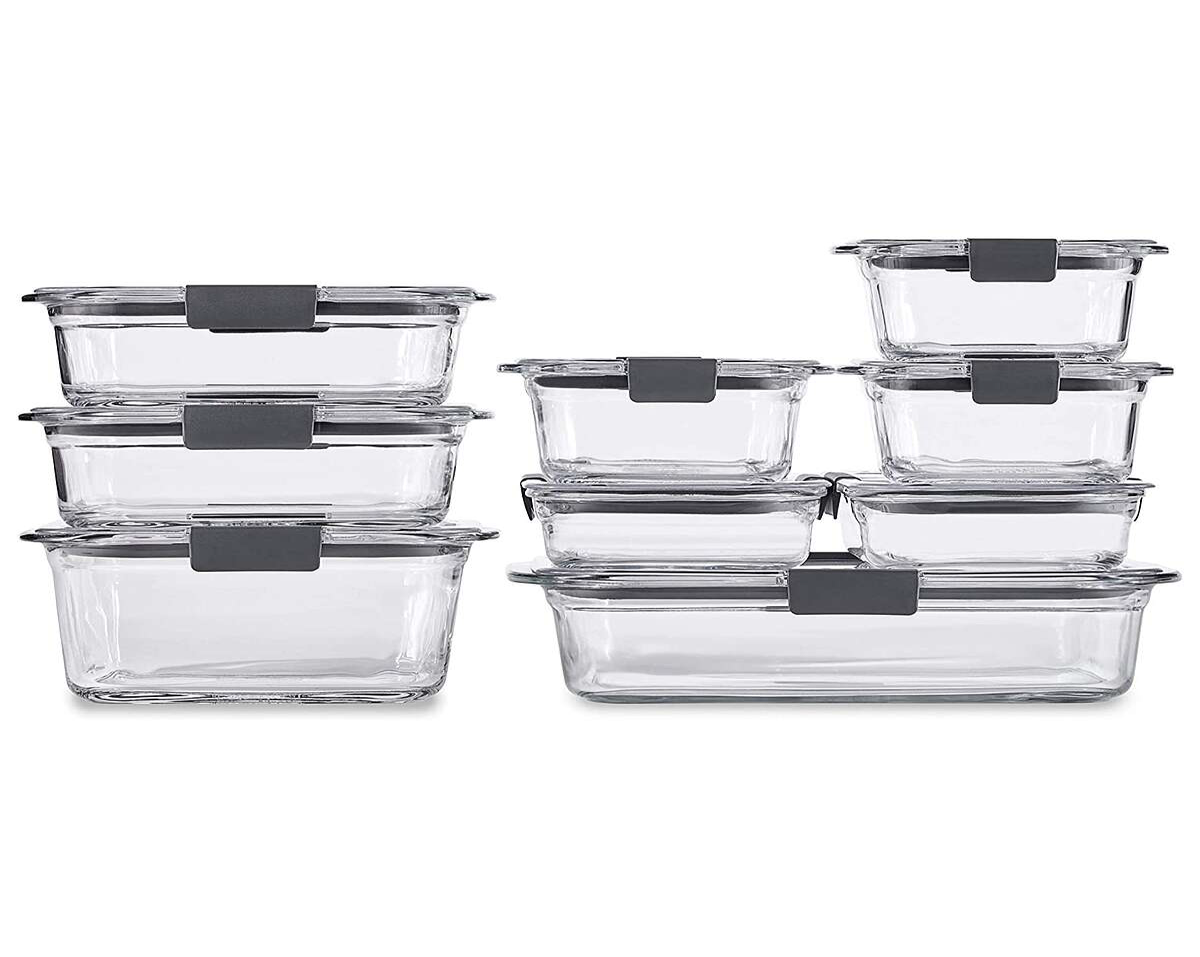
LABEL CONTAINERS so you can practice “first in, first out.” Date each container (with a water-based marker that you keep near the fridge). Or, create paper labels on your computer that can be taped to your containers. However you do it, labeling helps with food rotation—older foods get eaten first. This little habit is a hard and fast rule in the restaurant management world because it really cuts waste—why not manage this way at home?
USE THE COLDEST AREAS WISELY. The back and bottom of the fridge are the coldest areas, so keep perishables and hardy veggies (broccoli, cauliflower) there. Crisper drawers have higher humidity to keep celery, lettuces, and peppers crisp.
DON’T OVERSTUFF. Besides making it hard to find things, overstuffing makes the fridge work harder and costs more in electricity. Avoid this by keeping potatoes, onion, tomatoes, apples, and citrus outside the fridge. Store spuds and onions in a net bag in the pantry; put tomatoes, apples, and citrus in a fruit bowl or on a large platter. Besides being a pretty display, this approach makes it more likely they’ll actually get eaten.
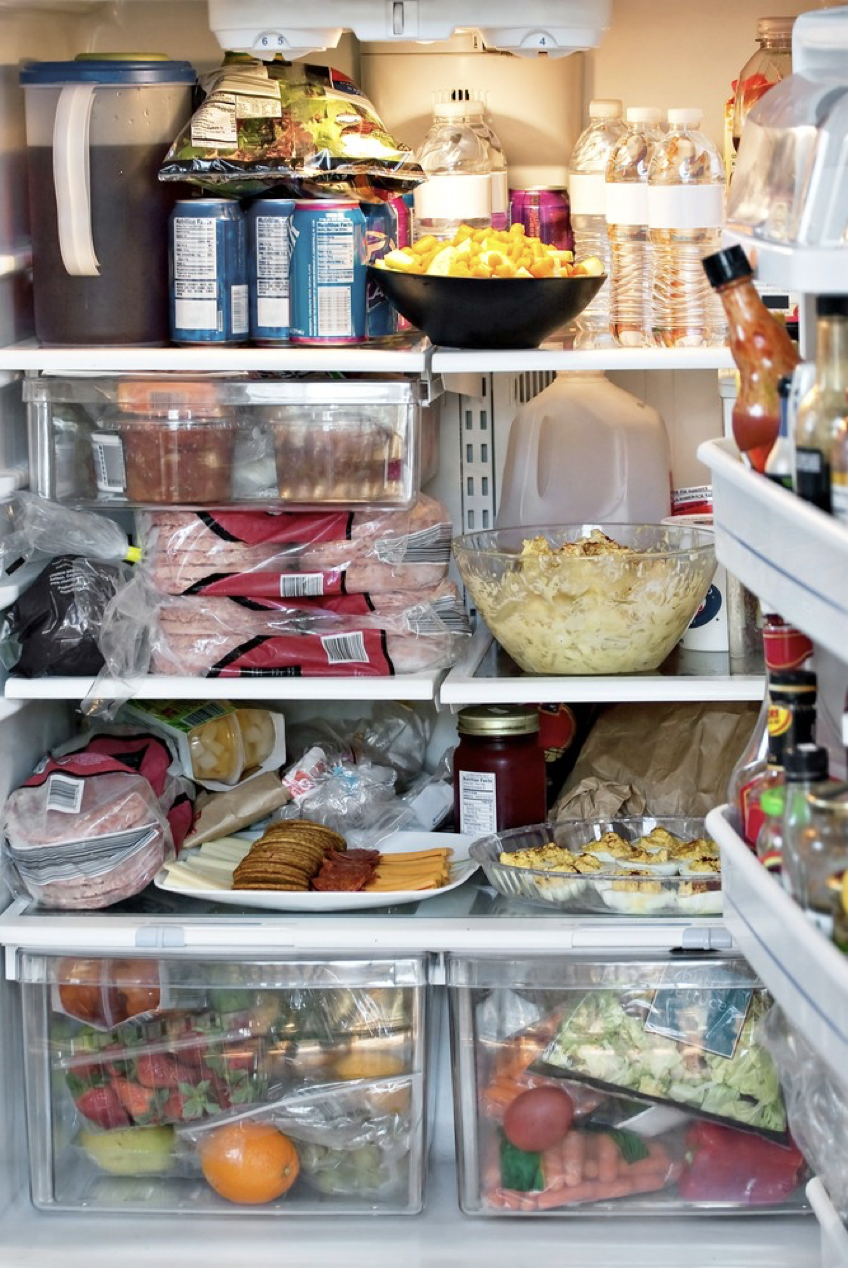
KEEP ITEMS CLEAN. Who likes setting out or using condiment bottles with sticky gunk on the lids and along the mouths of the containers? Habitually wiping out the lids and grooves (where the lid screws on) ensures they’ll be nice to use next time. Keep milk jugs wiped clean, also, (to avoid the crusty film the jug bottom accumulates, which then transfers to the shelf). You get the idea. Clean stuff encourages use and clean stuff is nicer to use.
KEEP AN INVENTORY LIST ON THE FRIDGE DOOR OR SIDE. When you run out of something, don't worry about remembering it for the next shopping trip--write it down instead.
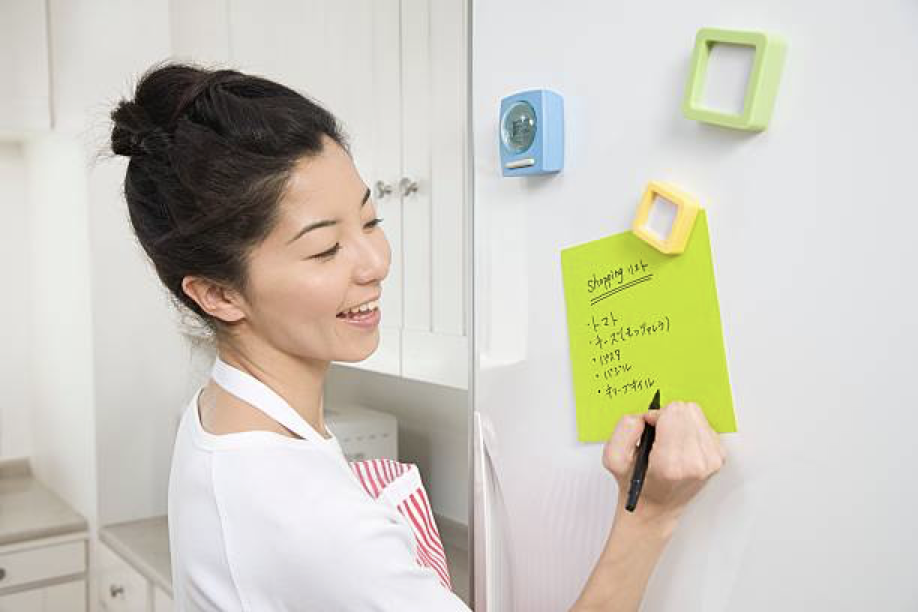
The bottom line? When you open the fridge door, you want to be able to see at a glance what you have on hand, and you want to be able to find what you're looking for quickly and easily. Also, what you're looking at should be pleasing to the eye—the inside of the fridge should sparkle with cleanliness and organization. An inviting fridge turns from foe to friend!
blog comments powered by Disqus

One place I didn’t expect to find fridge organization information was The American Dairy Association site (www.3aday.org). Karli Bertochi shared some good tips on how to organize the fridge so it’s more user-friendly:
DON’T STORE MILK IN THE DOOR. Even though today’s refrigerator designs make this possible, don’t do it. Fridge doors don't get cold enough to keep your milk as chilled as you need it to be for good taste. Doors are best for steak sauce, salad dressings, the salsa jug, the ketchup bottle, etc.

INVENTORY THE FRIDGE WHEN MAKING YOUR WEEKLY MEAL PLAN. You'll be able to incorporate existing items you already have on hand (before they spoil), which will save you money.
CLEAN IT OUT ONCE A WEEK. Go through all shelves, drawers, and door spaces looking for everything past their expiration dates. Look for the moldy cottage cheese, the withered green onions, etc. Toss stuff out. Then wipe down all surfaces with a hot damp cloth.

GROUP AND STORE LIKE ITEMS TOGETHER (breakfast items, lunch fixings, kids' snacks, etc.). This is the grocery store principle of organization. Keep taller items towards the back of each group of items so that you can see them behind the smaller ones in front. And consider using plate-size plastic turntables for grouping categories of items together (one for dairy—yogurt, cottage cheese, sour cream; one for condiments; one for jams and jellies, for instance).
STORE CORRECTLY, in reusable, see-through, airtight containers. Square- or rectangular-shaped left-over keepers use space more efficiently than round-shaped containers. I've researched plastic for other Cook’n articles I've written, so I KNOW glass is best. Consider phasing out your plastic stuff and investing (even if it's just a little at a time) in tempered glass storage keepers—they look nice, they last forever, they're efficient, and they're microwave safe (no pcb's leeching into zapped food!).

LABEL CONTAINERS so you can practice “first in, first out.” Date each container (with a water-based marker that you keep near the fridge). Or, create paper labels on your computer that can be taped to your containers. However you do it, labeling helps with food rotation—older foods get eaten first. This little habit is a hard and fast rule in the restaurant management world because it really cuts waste—why not manage this way at home?
USE THE COLDEST AREAS WISELY. The back and bottom of the fridge are the coldest areas, so keep perishables and hardy veggies (broccoli, cauliflower) there. Crisper drawers have higher humidity to keep celery, lettuces, and peppers crisp.
DON’T OVERSTUFF. Besides making it hard to find things, overstuffing makes the fridge work harder and costs more in electricity. Avoid this by keeping potatoes, onion, tomatoes, apples, and citrus outside the fridge. Store spuds and onions in a net bag in the pantry; put tomatoes, apples, and citrus in a fruit bowl or on a large platter. Besides being a pretty display, this approach makes it more likely they’ll actually get eaten.

KEEP ITEMS CLEAN. Who likes setting out or using condiment bottles with sticky gunk on the lids and along the mouths of the containers? Habitually wiping out the lids and grooves (where the lid screws on) ensures they’ll be nice to use next time. Keep milk jugs wiped clean, also, (to avoid the crusty film the jug bottom accumulates, which then transfers to the shelf). You get the idea. Clean stuff encourages use and clean stuff is nicer to use.
KEEP AN INVENTORY LIST ON THE FRIDGE DOOR OR SIDE. When you run out of something, don't worry about remembering it for the next shopping trip--write it down instead.

The bottom line? When you open the fridge door, you want to be able to see at a glance what you have on hand, and you want to be able to find what you're looking for quickly and easily. Also, what you're looking at should be pleasing to the eye—the inside of the fridge should sparkle with cleanliness and organization. An inviting fridge turns from foe to friend!
Sources:
- www.marthastewart.com
- www.dublinlive.ie
- www.foodimentary.com
- www.allrecipes.com
- www.istockphotos.com
 Alice Osborne
Alice Osborne
Weekly Newsletter Contributor since 2006
Email the author! alice@dvo.com
